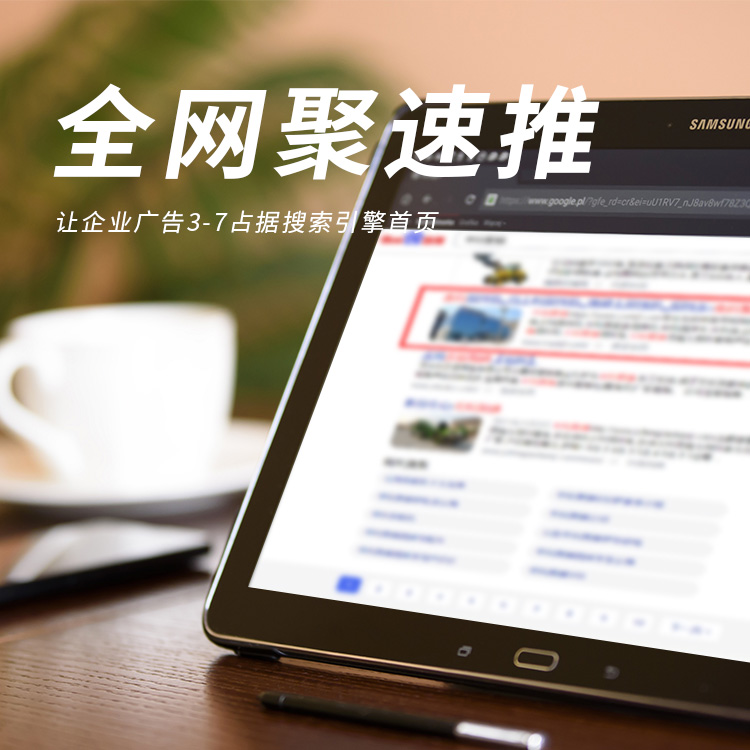(1)保证网页的打开速度,减少因为网页打开速度过慢而造成的高跳出率。
(1) Ensure webpage opening speed and reduce high bounce rates caused by slow webpage opening speed.
(2)页面所定位的关键词一定要和内容密切相关,尽量保证该内容能够满足通过该关键词的来访流量,并且做好相关内容或专题,引导用户多浏览网站内容,同时也保证当着陆页不能满足用户时,相关中有能够满足用户需求的内容。
(2) The keywords targeted on the page must be closely related to the content, and efforts should be made to ensure that the content can meet the traffic of visitors through that keyword. Relevant content or special recommendations should be made to guide users to browse website content more. At the same time, it should also be ensured that when the landing page cannot meet the needs of users, there is content in the relevant recommendations that can meet their needs.
(3)对于导航型网站,在保证以上两点外应该做好用户引导,大限度地引导跳出用户跳出到目标站外网页,而不是重新跳回搜索引擎。

(3) For navigation websites, in addition to ensuring the above two points, good user guidance should be done to guide users to jump out of the target website webpage to the maximum extent possible, rather than jumping back to the search engine.
(4)有些网站没有完全符合目标关键词的内容,那么就要在相关条目中做足功夫,做好站内搜索和相关,尽可能地让用户即使在本页没有找到想要的内容,也能点击浏览网站所的内容。
(4) Some websites do not have content that fully matches the target keywords, so it is necessary to put in enough effort in the relevant recommendation items, do a good job of on-site search and related recommendations, and try to make sure that users can click to browse the content recommended by the website even if they cannot find the desired content on this page.
分析着陆页的数据,降低着陆页“危险”的跳出率,是SEO人员的一项重要工作,这可能会涉及网站内容建设方向、网站结构设计等。大部分SEO人员只知道降低跳出率很重要,但是并没有对这个“跳出率”进行详细分析和对应优化。
Analyzing the data of landing pages and reducing the bounce rate of "dangerous" landing pages is an important task for SEO personnel, which may involve website content construction direction, website structure design, etc. Most SEO personnel only know that reducing bounce rates is important, but they have not conducted a detailed analysis and corresponding optimization of this "bounce rate".












 鲁公网安备37010202000892号
鲁公网安备37010202000892号